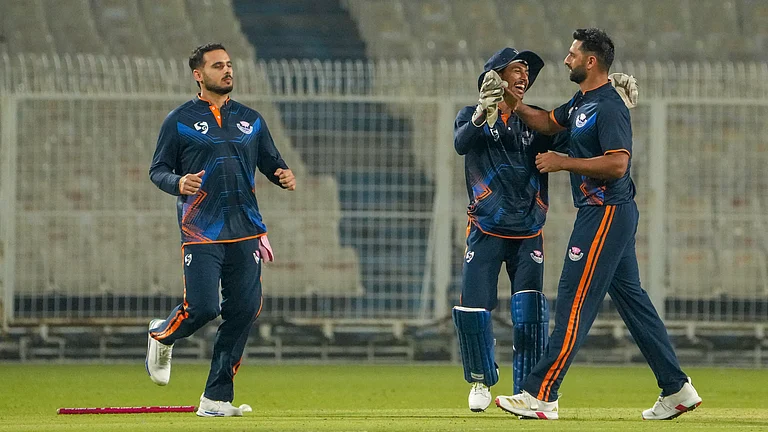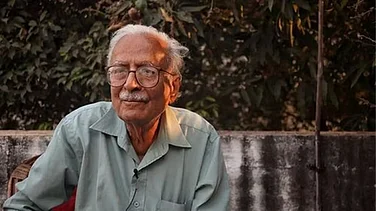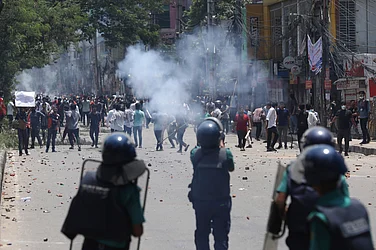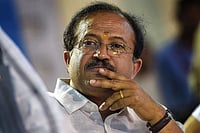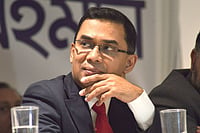Today, the big question before the Indian Railways is why the fare hike was opposed by Mamata Banerjee. I reckon because many wonder how the railways can be both profit-making and welfare-oriented. So, every time the government increases fares, political opposition stalls it. And, the railways’ income doesn’t increase, while its capacity and safety lag. Truth be told, a minister who is against tariff hikes doesn’t have a commercial attitude.
Railway privatisation, as opposed to commercialisation, is one other way to make the institution viable, its services safer and more responsive to increasingly demanding customers. Here, the options are to privatise either the tracks or the ‘traction’—rolling stock, wagons, signalling, for instance. The clue to the future lies in the one common aspect of infrastructure policy in India: the attempt to encourage PPP, public-private partnership. The argument forwarded is that when the state is short on funds, private capital will pitch in. The rationale is being accepted, slowly, that services come at a price and the state alone cannot meet them.
There’s strong bureaucratic control over railways, much of it because the critical issue of tariffs is a policy matter. All other things being equal, the cost of transporting any commodity via rail is equal: it’s the same fuel, on the same tracks and covering the same distance. Yet, the railways discriminates in tariffs across commodities; this is another reflection of non-commercial thinking. Former railways minister Dinesh Trivedi should have been given a chance to defend his fare hike. And opponents to offer alternatives.
Thankfully, the budget’s proposals for a railways regulator and progressive fares signal the slowly changing intent. After all, if the railways cannot afford essentials like signalling and safety, it must raise resources. If not from opening up critical functions (like signalling), then through private role in manufacturing locomotives and catering. Logistics parks and leasing land are already in review. The private sector brings creative ideas and efficiency: the new airports look good and seem efficient. The railways can stop over-diversification: exit the hotel business. Importing technology, like the Delhi Metro, paves the way to manufacture and export later.
A regulator disengages the political and welfare roles from the commercial, ushering in rationalisation and autonomy. Progressive fares promise much-needed working capital. Fares can be fixed by the state, but new charges—for night travel, say, or concessions for group travellers—will help immensely. Ultimately, the railways must come to terms with the fund gap and look to bridge it.
—As told to Pragya Singh
Satyakam Gupta, a former railway man, is chief advisor at Inter Continental Consultants
E-mail your columnist: satyakam52 AT hotmail.com










